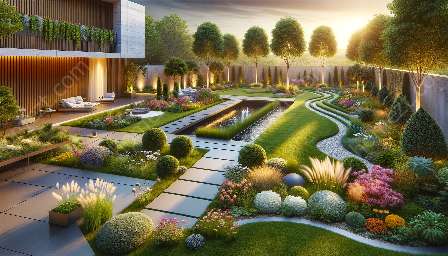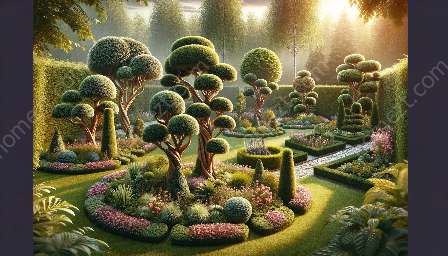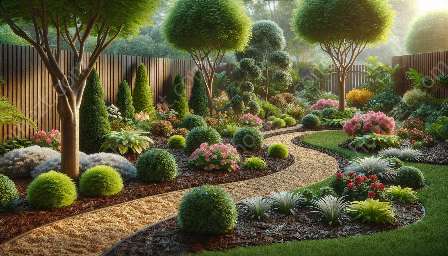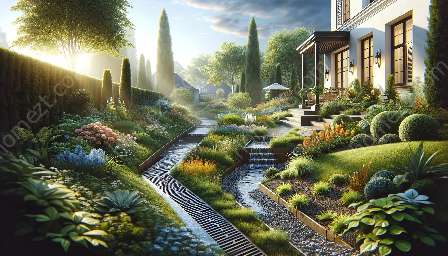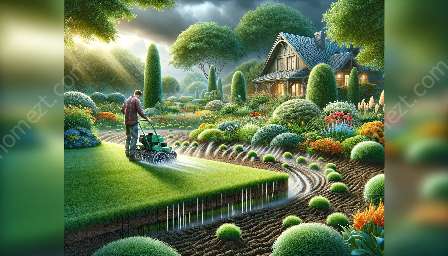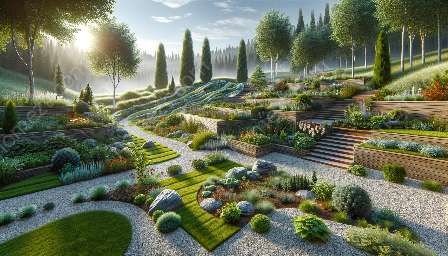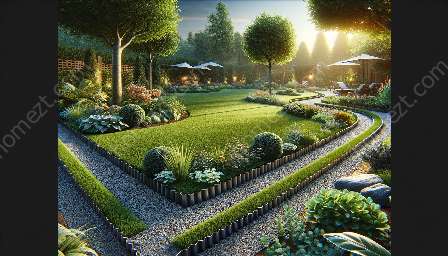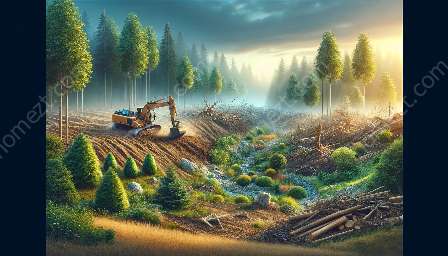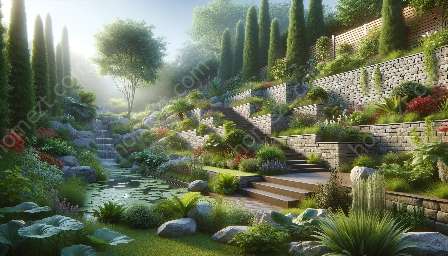Retaining walls play a vital role in landscaping and domestic services by providing functional and visually appealing solutions for managing slopes and creating level outdoor spaces. In this comprehensive guide, we will explore the various aspects of retaining walls, including their types, materials, and installation methods, to help you understand how they can enhance the beauty and functionality of your outdoor environments.
Understanding Retaining Walls
Retaining walls are structures designed to hold back soil and create terraces, enabling the development of flat, usable surfaces on sloped terrain. They are commonly integrated into landscaping and domestic services to address erosion control, maximize usable space, and enhance the overall aesthetics of outdoor areas.
Types of Retaining Walls
There are several types of retaining walls, each offering unique benefits and design options. Some common types of retaining walls include:
- Gravity Walls: These walls rely on their weight to resist the pressure of the soil behind them. They are typically constructed using natural stone, concrete blocks, or bricks, and are suitable for relatively low walls.
- Reinforced Soil Walls: These walls utilize layers of geosynthetic reinforcements or steel strips to stabilize the soil and create a strong retaining structure. They are often used for taller walls and can incorporate vegetative cover for a natural look.
- Sheet Pile Walls: Constructed from steel, wood, or vinyl planks, sheet pile walls are driven into the ground to provide a barrier against soil pressure. They are commonly used in areas with limited space and are ideal for waterfront landscapes.
- Segmental Retaining Walls: These walls consist of interlocking concrete blocks or stones that can be easily assembled to create straight or curved walls. They offer versatility in design and can be used to create attractive terraced landscapes.
Materials for Retaining Walls
The choice of materials for retaining walls plays a significant role in their visual appeal and durability. Common materials used for retaining walls include:
- Natural Stone: Offers a timeless, rustic appearance and can be used to create stunning, organic-looking walls that blend seamlessly with the surrounding landscape.
- Concrete Blocks: Available in a variety of colors, shapes, and textures, concrete blocks provide versatility and can be used to create modern, clean-lined walls or mimic the look of natural stone.
- Wood: Provides a warm, natural aesthetic and is often used in more casual or rustic landscapes. Treated wood is essential for longevity and resistance to decay.
- Bricks: Offer a timeless, classic appeal and can be arranged in different patterns to create unique and elegant retaining walls.
Installation of Retaining Walls
Proper installation of retaining walls is crucial to ensure their stability and longevity. The installation process typically involves the following steps:
- Site Preparation: Clearing and leveling the area where the retaining wall will be built.
- Foundation Construction: Building a stable foundation, which may include compacted gravel or concrete footings.
- Wall Construction: Assembling the retaining wall using the chosen materials and techniques to ensure proper alignment and strength.
- Drainage Considerations: Integrating proper drainage solutions, such as weep holes and backfill materials, to prevent water buildup and erosion behind the wall.
- Finishing Touches: Adding capstones, coping, or additional landscaping features to enhance the visual appeal and functionality of the retaining wall.
Enhancing Outdoor Spaces with Retaining Walls
When incorporated thoughtfully, retaining walls can transform outdoor spaces, adding dimension, texture, and structure to the landscape. They can be used to create inviting terraces for seating, define garden beds, or even serve as focal points with integrated water features or plantings.
Landscaping Integration
Retaining walls offer opportunities for integrating landscaping elements that complement their design. Plants, shrubs, and flowers can be strategically placed to soften the appearance of the walls and create a harmonious blend with the surrounding vegetation.
Domestic Services Application
From residential properties to commercial developments, retaining walls are essential in domestic services for managing slopes, creating driveways, and establishing boundary walls. They provide structural support and contribute to the overall aesthetic appeal of the property.
Conclusion
Retaining walls are versatile and essential features in landscaping and domestic services, offering both functional and aesthetic benefits. By understanding the different types, materials, and installation methods, homeowners and property owners can make informed decisions to enhance their outdoor environments and create visually stunning, well-planned spaces that are both practical and attractive.

